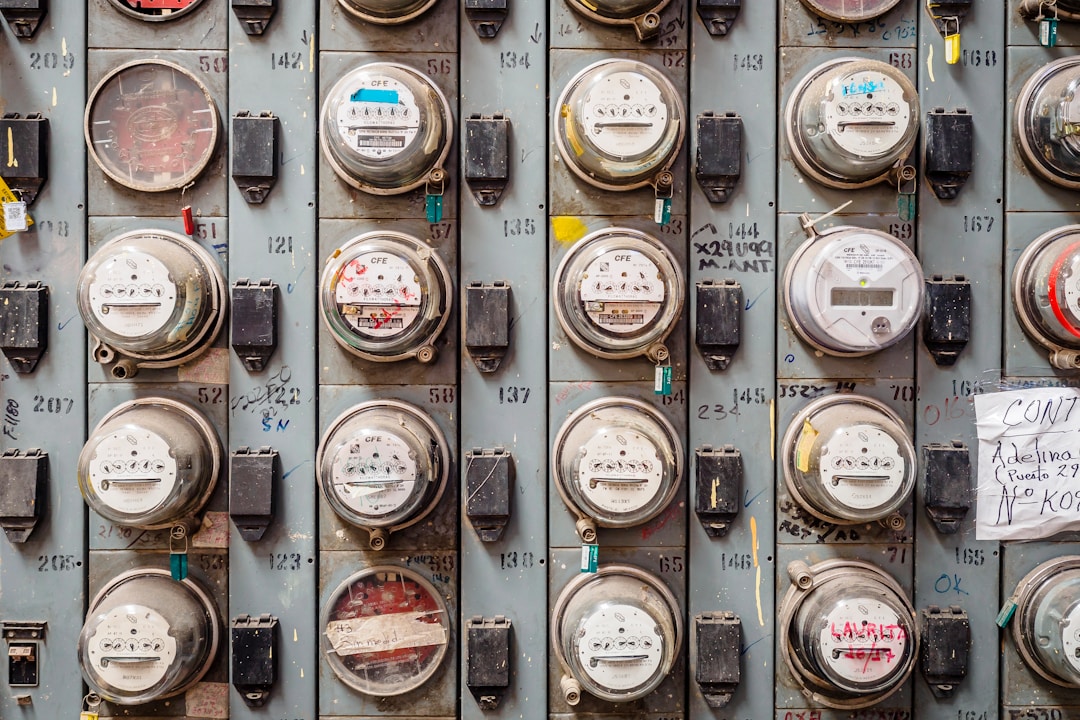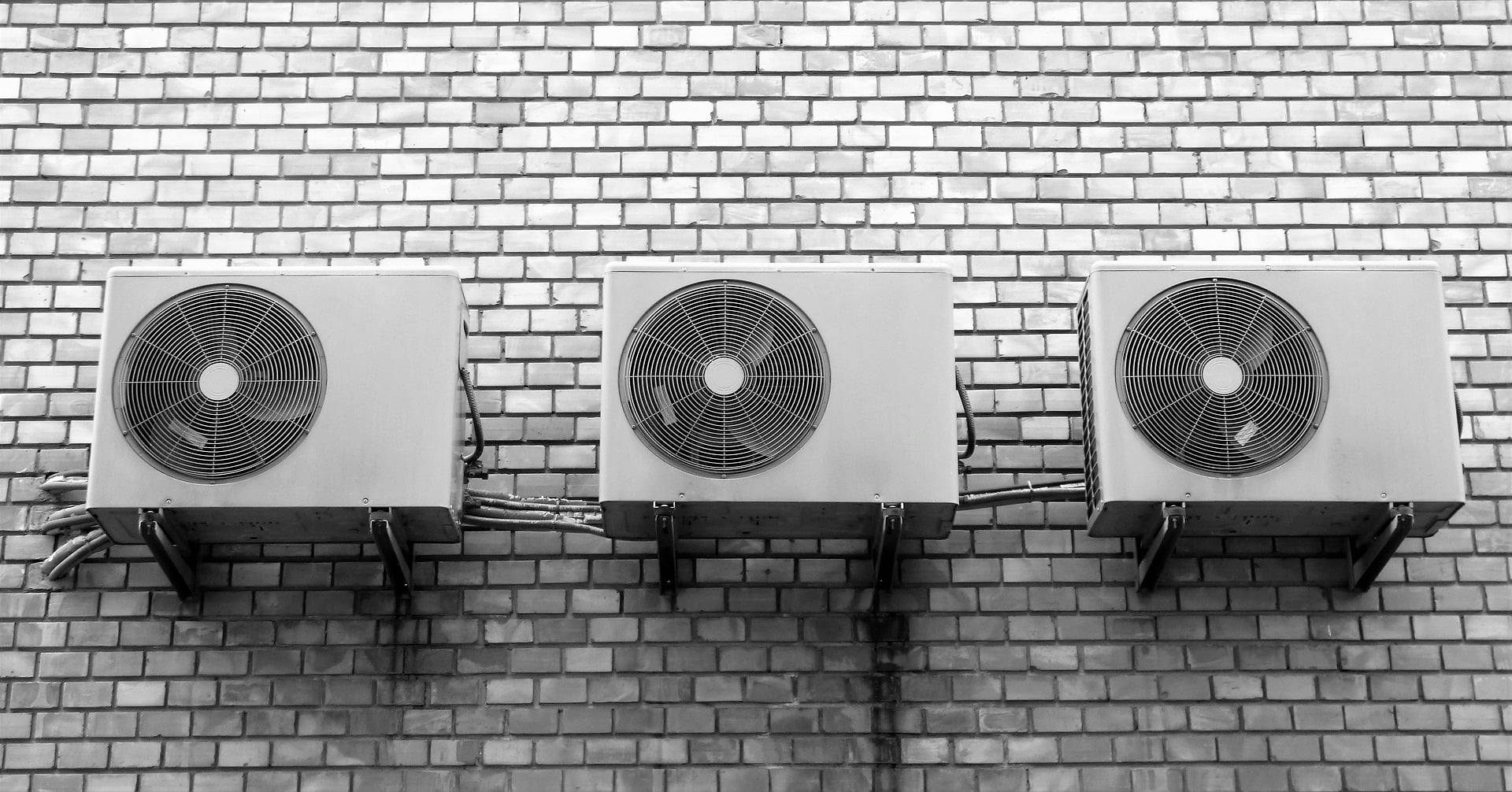As the summer months approach, so does the anticipation of fun and vacations. Unfortunately, besides fun and vacations, the arrival of summer can mean higher energy bills. If the summer season finds you dreading sky-high energy bills, it could be a sign that it’s time to check out your HVAC system. A spike in energy consumption during the warmer months could be tied to your system’s efficiency. When temperatures and humidity rise outside, your older air conditioner might have a difficult time keeping up.
The most common factor to consider when discussing HVAC energy efficiency and costs is the age of your unit. Experts agree that the average lifespan of an air conditioning unit is 10 to 15 years. As HVAC systems begin to age they become less efficient. Even with regular maintenance and service, your unit’s efficiency will deteriorate over time. This can be attributed, in part, to older units having low or no Seasonal Energy Efficiency Ratio. The SEER rating system, implemented by the U.S. Department of Energy, rates how much energy a unit will use to create consistent temperatures in your home.
Since heating and cooling systems are typically the largest energy consumers, the SEER rating of an HVAC system can be an indicator of your seasonal energy bills. If you are seeking reduced energy costs, you might consider a new air conditioner with higher SEER ratings. Let’s take a look at why SEER ratings are so important.
What are SEER ratings?

As discussed, the SEER rating is a standardized score given to HVAC systems that indicate how much energy the unit will use during regular use over the course of a year. Whether it’s hot air or cold air, each season will require different demands of your unit for comfortable indoor temperatures.
The SEER rating will give you an idea of the amount of energy it will take to meet those requirements. The SEER is produced from the results of three tests. Units are graded on the system’s energy use during humid indoor conditions, dry indoor conditions, and dry conditions. Units with higher SEER ratings are more energy efficient.
Why are SEER ratings important?

Universal standards to rate the efficiency of HVAC systems did not exist until the 1990s. In 1992, the U.S. Department of Energy created minimum standards for air conditioning units in the U.S. As a result, many HVAC units in the early 1990s had SEER ratings of 8 or 9. The Energy Policy Act of 2005, however, mandated that all units have a minimum SEER of 13. The new rules also created new standards for various other types of HVAC equipment such as heat pumps and split air conditioning systems. Taking into account the various climate zones in the US, newer rules instituted minimum SEER ratings for numerous regions of the country. This ensures that units will be as efficient as possible for the region they are in.
Minimum SEER ratings rely on average temperatures in a given area. In southern states, where temperatures climb higher in the summer, the minimum SEER rating is 14. Since higher SEER ratings mean higher energy efficiency, people in warmer climates can purchase units that will keep them cool without spiking utility bills. SEER ratings have impacted energy use and efficiency across the country. Selecting a unit with the right SEER rating for your home will depend on several things such as your budget and preference. Some manufacturers now offer equipment with ratings as high as 22.
If you’re in the market for new HVAC equipment, you might be overwhelmed by all of the options and stats that are presented on each unit. You will be presented with numerous stats such as BTUs, kWh, Energy Star ratings, and other ratios. You can take some time to research this information to be more informed when selecting a unit. An important factor to consider, however, is the SEER rating. This rating will give you the best idea of the impact on your electric bill year-round.
